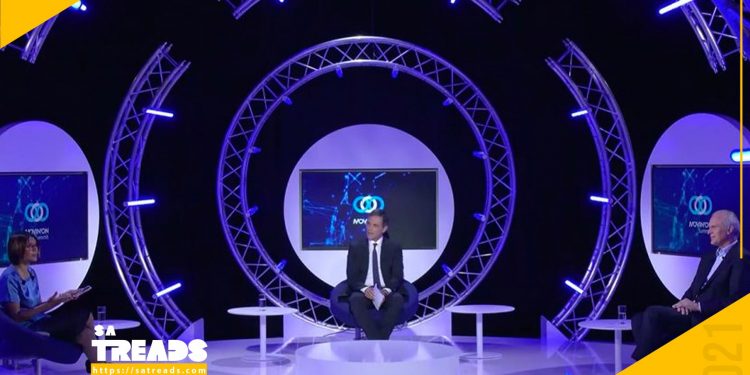Panelists shared their strategies for how companies can begin to tackle 2030 emissions targets at this year’s Michelin Movin’On Conference.
Most major companies and corporations, including the Michelin Group, have set net-zero-emissions targets aimed for 2050. A pledge like this means companies want to decrease their carbon footprint, by using fewer fossil fuels or reducing their CO2 emissions, for example.
While these commitments point to a promising future, it takes time for companies to change processes and invent and implement new technology to achieve “net-zero emissions.” So, what will it take for them to get there? A panel at this year’s Michelin Movin’On Conference tackled the subject in a session called, “Getting to 2030 targets – A climate roadmap to net zero.”
“It’s all about taking concrete issues and concrete actions and putting together the expertise and different businesses at all levels—whether in the public or private sector,” said Michelin CEO Florent Menegaux, one of the four panelists at the 2021 conference’s inaugural session. “Everyone is concerned about making mobility cleaner and more accessible.”
Moderated by CNBC journalist and event emcee Asha Sumputh, the panel consisted of experts from both the private and public sector, including: Menegaux; Julie Sweet, CEO, Accenture, a multi-national consulting and processing company; Jeffrey Sachs, president of the UN Sustainable Development Solutions Network, UN SDG Advocate and director of the Center for Sustainable Development at Columbia University; and Rodolphe Saadé, chairman and CEO, Groupe CMA CGM, a French container transportation and shipping company.
Status Update: Meeting 2030 Emissions Targets
A company’s 2030 emissions targets can give us a sense of how they’re moving to a net-zero emissions future, said Sachs. These targets are a good mid-point for measuring what a company has done in a decade and how far they have to go to reach their 2050 goals.







